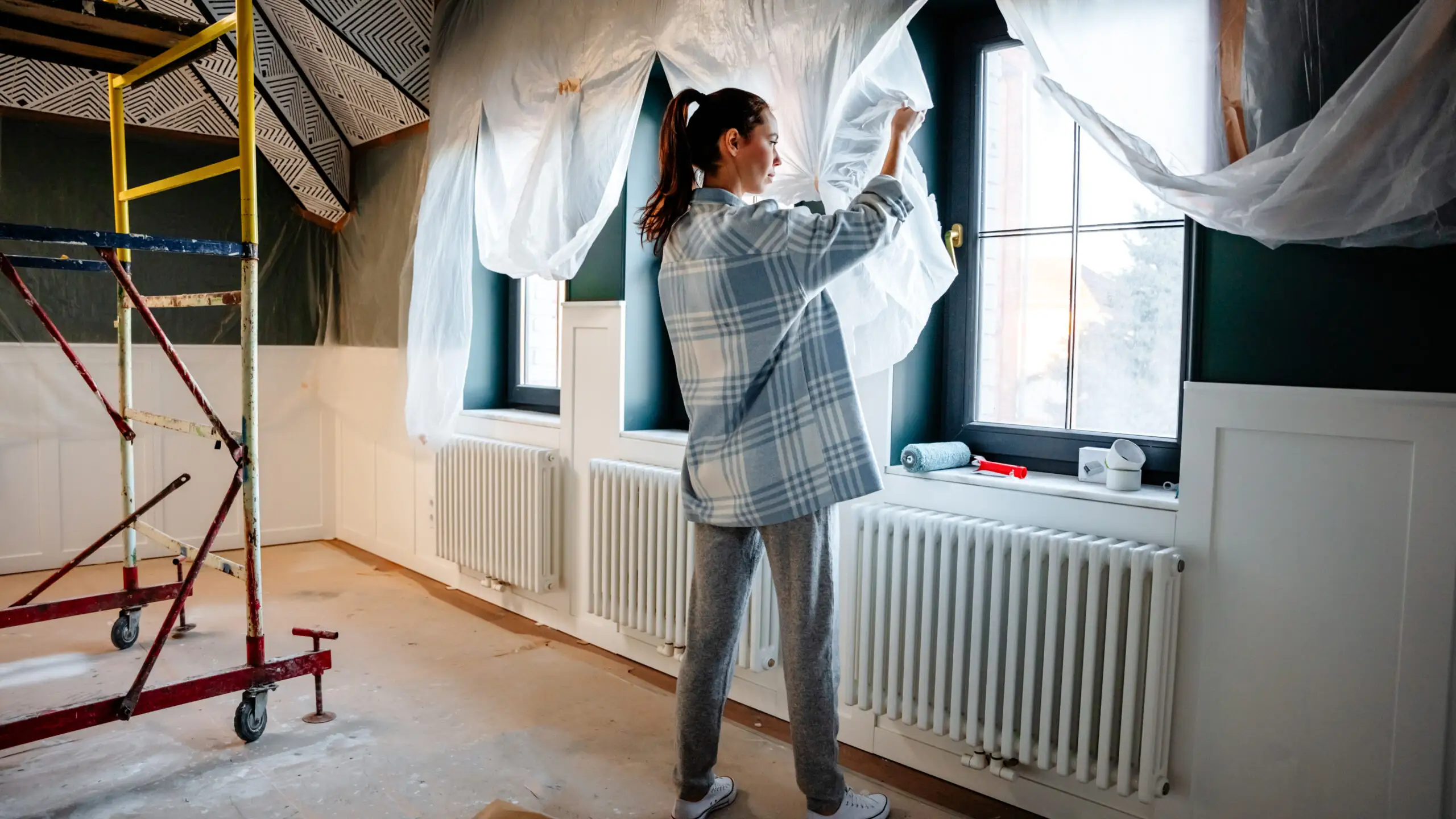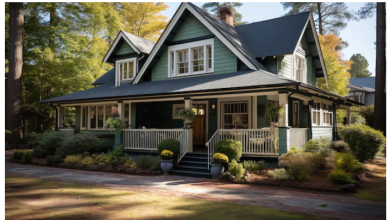Americans Cutting Back on Home Improvement Projects due to Rising Costs

In recent years, the American dream of owning a beautiful home has been increasingly impacted by rising costs in the housing industry. The surge in material and labor expenses, coupled with supply chain disruptions, has forced many homeowners to rethink their home improvement plans. This article explores the current trends in home improvement projects and delves into the factors contributing to these rising costs. Additionally, it will provide homeowners with alternative solutions and sustainable options to navigate the challenges while ensuring their homes remain comfortable, attractive, and functional.
The Trend of Home Improvement Projects
Home improvement projects have long been a favorite pastime for homeowners looking to enhance their living spaces. Whether it’s a simple room makeover or a large-scale renovation, Americans have traditionally invested in improving their homes. However, recent reports indicate a significant decline in the number of home improvement projects across the nation. The main reason behind this decline is the escalating costs involved in such endeavors.
Factors Contributing to Rising Costs
Material Costs
One of the primary reasons for the surge in home improvement costs is the exponential increase in material prices. The demand for construction materials has risen dramatically, driven by factors such as increased housing projects and supply shortages caused by unforeseen events like natural disasters and pandemics. Consequently, the cost of materials like lumber, steel, and cement has soared, affecting the overall budget of home improvement projects.
Labor Costs
Another significant contributing factor is the rising labor costs within the construction industry. Skilled labor shortages, increased demand for contractors, and higher wages have all led to inflated service charges. As a result, homeowners find themselves facing hefty bills for even the simplest renovation tasks.
Supply Chain Disruptions
The disruptions in the global supply chain have also played a crucial role in the rising costs of home improvement projects. Delays in receiving materials and products have not only increased expenses but have also lengthened project timelines, causing inconvenience for homeowners.
Impact on Homeowners
The impact of these rising costs has been profound, leading many homeowners to cut back or postpone their home improvement plans. People who once dreamed of remodeling their kitchens or adding new rooms are now left contemplating more affordable alternatives.
Alternatives to Traditional Home Improvement
While traditional home improvement projects might be financially challenging, there are alternative solutions that can help homeowners achieve their desired outcomes without breaking the bank.
DIY Projects
One popular option is embracing DIY (Do-It-Yourself) projects. From repainting walls to assembling furniture, DIY projects can significantly cut costs. There is also a sense of satisfaction that comes with completing tasks on one’s own, adding a personal touch to the home.
Upcycling and Repurposing
Another creative way to reduce expenses is through upcycling and repurposing old or unused items. Transforming furniture or household items can give them a new life and style at a fraction of the cost of buying new ones.
Rental Services
Homeowners can also consider rental services for specialized tools and equipment required for their projects. Renting tools for a short period instead of buying them outright can lead to considerable savings.
Seeking Professional Help Wisely
While DIY and alternative methods are viable, certain projects might require professional expertise. In such cases, it is essential to choose contractors wisely. Obtaining multiple quotes, checking references, and verifying credentials can help ensure that homeowners get the best value for their investment.
Sustainable Home Improvement Options
Amidst the rising costs and environmental concerns, sustainable home improvement options are gaining popularity. These not only contribute to a greener planet but can also save homeowners money in the long run.
Energy-Efficient Upgrades
Investing in energy-efficient upgrades can significantly reduce utility bills over time. Installing solar panels, energy-efficient windows, and smart thermostats are just a few examples of how homeowners can make their homes more eco-friendly and cost-effective.
Eco-Friendly Materials
Opting for eco-friendly building materials, such as recycled or sustainable wood, can not only reduce costs but also decrease the carbon footprint of home improvement projects.
The Future of Home Improvement
As the cost of traditional home improvement projects continues to rise, the future of home improvement may shift towards more innovative and cost-effective solutions. Advancements in technology and design are likely to play a crucial role in making homes more accessible and affordable to homeowners.
Conclusion
Rising costs in the housing industry have led many Americans to rethink their home improvement plans. Factors such as inflated material and labor costs, along with supply chain disruptions, have made traditional projects financially challenging. However, homeowners can explore alternative solutions like DIY projects, upcycling, and rentals to achieve their desired improvements without overspending. Moreover, embracing sustainable home improvement options can be a win-win, benefiting both the environment and their wallets.




